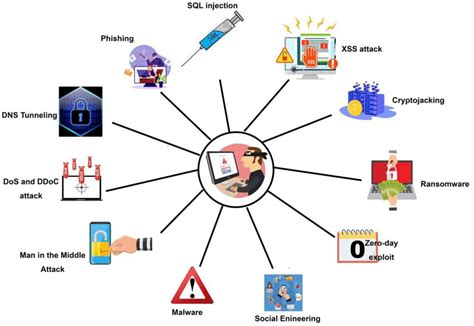Advanced AI Techniques for Safeguarding DeFi Applications
The decentralized finance (DeFi) space has experienced rapid growth in recent years, with a wide range of innovative applications emerging to provide various financial services. However, as the DeFi ecosystem continues to expand, so does the risk of security breaches and losses due to sophisticated hacking tactics. To safeguard these valuable assets, developers, investors, and organizations are turning to advanced AI techniques to detect and prevent potential threats.
Machine Learning-based Security

One of the most promising AI techniques for DeFi application protection is machine learning (ML)-based security. ML models can be trained on historical data to identify patterns and anomalies that may indicate a potential threat. These models can then be used to generate alerts, flags, or even block suspicious transactions.
For example, a blockchain-based DeFi protocol like Compound uses ML to detect and prevent automated trading strategies aimed at exploiting the protocol’s liquidity pools. By analyzing large datasets of user behavior, the model identifies patterns that suggest automated trading activity and sends alerts to the developers for further investigation.
Natural Language Processing (NLP) for Threat Detection
Another AI technique being explored in DeFi is NLP-based threat detection. This approach involves training ML models on natural language text data from various sources, such as user comments, forums, or social media posts. These models can then be used to identify potential threats, including phishing attacks, scams, and other types of malicious activity.
For instance, an NLP-based threat detector for DeFi platforms like Uniswap may analyze text data from users’ transactions to detect suspicious patterns, such as unusual transaction amounts or keywords associated with money laundering. If the model identifies any red flags, it can flag the user’s account for review and potential security measures.
Deep Learning-based Anomaly Detection
Deep learning techniques are also being applied in DeFi to detect anomalies that may indicate a potential threat. These models use convolutional neural networks (CNNs) or recurrent neural networks (RNNs) to analyze complex data sets, such as transaction patterns, user behavior, and network topology.
One example of this is the development of an anomaly detection system for DeFi platforms like Aave. The system uses a CNN-based model trained on historical data to identify unusual patterns in user transactions, which may indicate suspicious activity. If the model detects any anomalies, it can flag them for review by human reviewers or trigger security measures.
AI-powered Supply Chain Security
Supply chain security is another area where AI techniques are being explored in DeFi. By analyzing a wide range of data sources, including transaction history and network topology, an AI-powered supply chain security system can identify potential threats before they occur.
For instance, a supply chain security system for DeFi platforms like MakerDAO may analyze real-time transaction data to detect anomalies that could indicate a breach in the network. If any suspicious activity is detected, it can trigger alerts to human reviewers and take preventive measures to secure the network.
Conclusion
Advanced AI techniques are being leveraged in DeFi to safeguard valuable assets from security breaches and losses due to sophisticated hacking tactics. By integrating machine learning, NLP, deep learning, and other AI-powered tools, developers, investors, and organizations can create more robust security systems that detect potential threats before they occur.
As the DeFi ecosystem continues to evolve, it is essential to stay ahead of emerging threats and leverage advanced AI techniques to protect these valuable assets.

